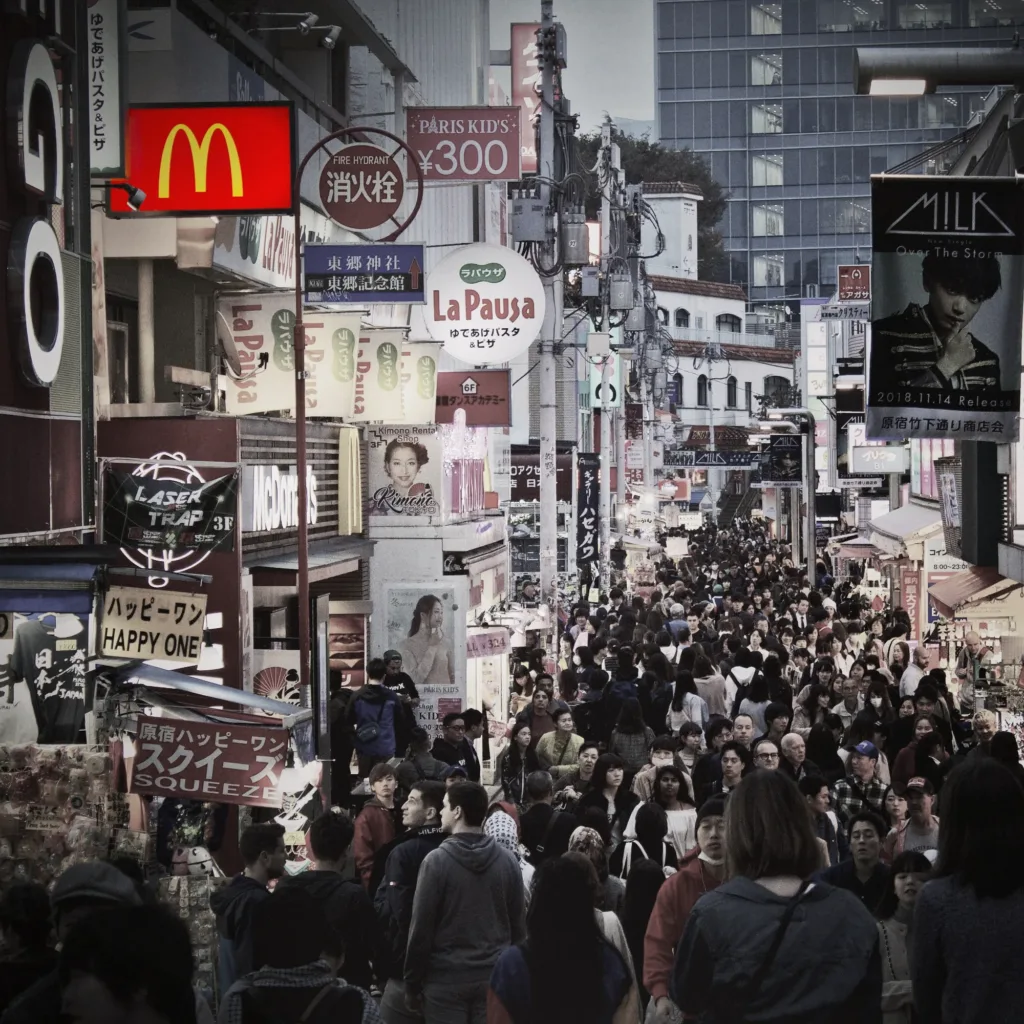Getting into Japan is an accomplishment.
Scaling in Japan is a completely different challenge.
We’ve seen companies launch with momentum — the product gets listed, a distributor signs on, and there’s even a bit of media buzz. But six months later, nothing moves. The product sits. The follow-through fades. Teams begin to wonder whether Japan was ever a good idea.
Often, the issue isn’t the product.
It’s that the strategy wasn’t built to last.
What’s missing isn’t effort — it’s alignment, adaptation, and structure.
The Hamburger Theory
We call this the Hamburger Theory.
In Japan, consumers and buyers want something new, but not something unfamiliar. They’re open to new experiences, but only if those experiences are grounded in something they already understand.
Think about a food court. You’re hungry. You’re in a rush. You scan the signs. There’s a shop offering something you’ve never heard of, and then there’s one selling hamburgers.
Even if it’s labeled “gourmet hamburger,” you know what that means. It’s going to cost a bit more, the quality will be better, and the experience will be familiar but elevated. In a high-traffic environment like an airport, that level of instant recognition is powerful.
Familiarity reduces friction.
And in Japan, that’s everything.
Familiar First, Innovative Later
Some companies come into Japan with bold, original concepts — products or ideas that are totally new to the market. And occasionally, they succeed. But more often, they struggle to even explain what they’re offering.
Why? Because in Japan, recognition drives confidence. And confidence drives purchase decisions.
Customers are far more likely to try a variation of something they already understand than to dive into something entirely new. That’s why we believe in starting with a clear, recognizable offering — and innovating from there.
Our Own Experience
When we opened our vegan shops in Japan, we believed in the mission. But at that time, “vegan” wasn’t something people widely understood. For some, the word itself was a deterrent.
So we adapted.
We focused on making food that looked great, tasted great, and felt comforting. We didn’t lead with “vegan” in the signage. We let the food speak for itself. And over time, as vegan and gluten-free became more familiar concepts in Japan, we were already there — with a loyal following and a reputation for quality.
Looking back, applying the Hamburger Theory more directly from the beginning could have saved us time and resources. But it also helped us develop a deeper understanding of how Japanese customers respond to new concepts.
What This Means for You
If you’re entering Japan, the temptation to differentiate is real. But sometimes, being familiar with a twist is more effective than being radically new.
We often advise clients to ask:
– Does this concept make immediate sense to a Japanese customer?
– Would someone recognize what we’re offering within five seconds?
– Are we presenting a variation of something they trust?
Once those boxes are checked, then it’s time to innovate.
That’s when Japan rewards originality — when it’s layered on top of clarity.
Final Thought
The Hamburger Theory is about more than food.
It’s about framing your offering in a way that makes people comfortable saying yes.
In Japan, innovation is welcome. But if you want it to work, wrap it in something familiar. That’s how you move from new and confusing to new and compelling.

